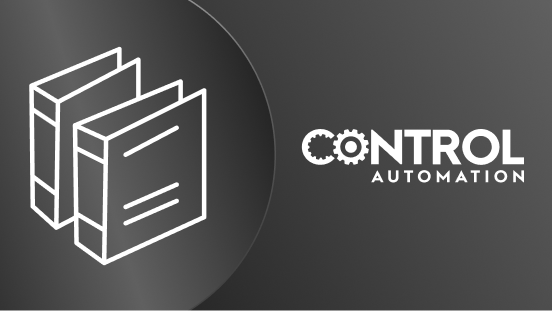
A chemical reaction resulting in a net release of energy is called exothermic. Conversely, a chemical reaction…
Textbook

The final step in treating wastewater before releasing it into the natural environment is to kill any harmful…
Textbook

Sometimes we encounter a diversity of instrument signal standards in one control system. Such is the case with…
Textbook

As we have seen, feedforward control is a way to improve the stability of a feedback control system in the…
Textbook

Process analyzers measure the concentration of specific substances for the purpose of measuring and/or…
Textbook

The three “elementary” particles of matter comprising all atoms are electrons, protons, and…
Textbook

Most of these formulae appear in molecular chemical form rather than structural form. For example, ethanol…
Textbook

A great many chemical composition measurements may be made indirectly by means of electricity, if those…
Textbook

pH is the measurement of the hydrogen ion activity in a liquid solution. It is one of the most common forms of…
Textbook

Feedback Control System Components Before we begin our discussion on process control, we must define a few key…
Textbook

A Safety Instrumented Function, or SIF, is one or more components designed to execute a specific…
Textbook

Control strategies such as cascade, ratio, feedforward, and those containing limit and selector functions can…
Textbook

Current is the name we give to the motion of electric charges from a point of high potential to a point of low…
Textbook

Regardless of valve type, all stem-actuated control valves require some form of seal allowing motion of the…
Textbook

A technological advance introduced in the late 1980’s was HART, an acronym standing for Highway…
Textbook

A different strategy for controlling the flow of fluid is to insert a rotary element into the flow path.…
Textbook

Shown here is a partial listing of principles applied in the subject matter of this chapter, given for the…
Textbook

A form of protection against faults on long-distance power lines is called distance relaying, so named because…
Textbook

In November of 2007 a new computer virus was submitted to a virus scanning service. The purpose of this new…
Textbook

First, let us review some of the properties of differentials and derivatives, referencing the expression and…
Textbook

When a high-energy photon strikes an atom, it may eject one of the lower-level electrons from its shell,…
Textbook

Measuring the flow rate of liquid through an open channel is not unlike measuring the flow rate of a liquid…
Textbook

Capacitance Any two electrical conductors separated by an insulating medium possess the characteristic called…
Textbook

An important legacy technology for all kinds of continuous measurement is the self-balancing system. A…
Textbook

Although it seems each model of PLC has its own idiosyncratic standard for programming, there does exist an…
Textbook

A completely different way of measuring liquid level in vessels is to bounce a traveling wave off the surface…
Textbook

Finally, we arrive at the loop diagram (sometimes called a loop sheet) for the compressor surge control system…
Textbook

Learning how to tune PID controllers is a skill born of much practice. Regardless of how thoroughly you may…
Textbook

The vast majority of PID controllers in service today are digital in nature. Microprocessors executing PID…
Textbook

Valves can experience a number of problems, most of them either preventable or repairable. These problems can…
Textbook

Nearly every technical course teaches and tests students on definitions, basic concepts, and at least some…
Textbook
